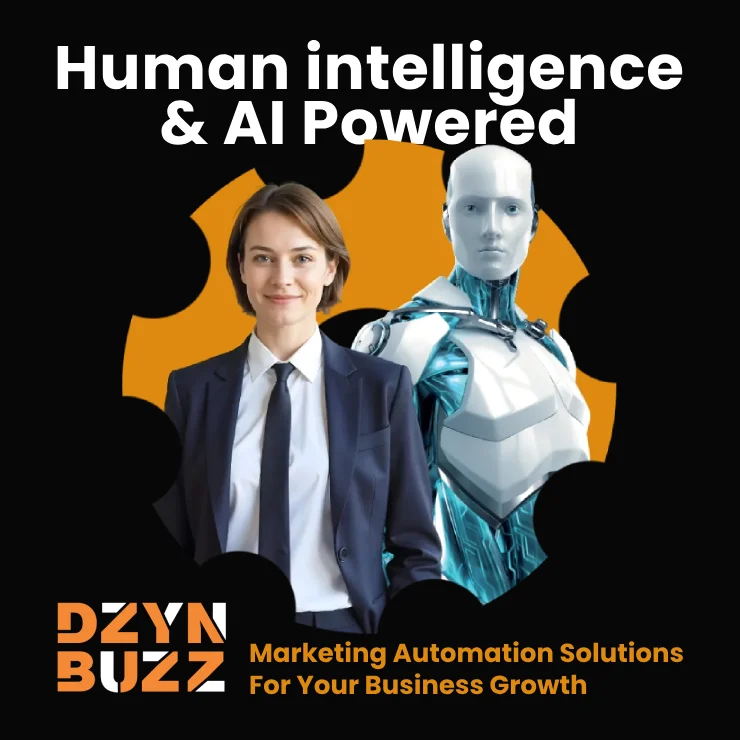Why Predictive Analytics Matters More Than Ever
Marketing has always relied on data but in 2025 and beyond, data alone is not enough. The key to staying competitive is using predictive analytics in marketing to not just analyze the past, but forecast the future.
Imagine knowing which customers are most likely to convert, which campaigns will drive the highest ROI, and which clients are at risk of churn all before it happens. That’s the power of AI-powered predictive models in marketing today.
For businesses aiming to scale profitably, predictive analytics is no longer optional. It’s the bridge between raw data and real conversions.
What Is Predictive Analytics in Marketing?
Predictive analytics uses AI, machine learning, and statistical models to forecast future outcomes based on historical and real-time data.
In marketing, this means:
- Anticipating customer behavior.
- Identifying high-value leads.
- Forecasting churn before it happens.
- Optimizing budgets for maximum ROI.
The goal? Turn insights into conversions and revenue.
To see how this fits into the bigger picture, revisit How AI Is Changing Marketing Strategy in 2025
Key Applications of Predictive Analytics in Marketing
1. Lead Scoring and Qualification
Instead of treating all leads equally, predictive analytics assigns a conversion probability score. Sales teams can prioritize high-quality leads while automation nurtures lower scores until they’re ready.
2. Churn Prediction
Customer retention is cheaper than acquisition. Predictive analytics flags accounts at risk of leaving so businesses can intervene with offers, discounts, or better support.
3. Next-Best Offer and Cross-Selling
AI models analyze buying behavior to recommend the next best product or service. This increases customer lifetime value (CLV).
4. Campaign Optimization
Predictive models test and forecast which ad creatives, email subject lines, or CTAs will perform best before campaigns even launch.
Curious about scaling this personalization? Check Personalization at Scale: AI in Email & Ads
Benefits of Predictive Analytics in Marketing
- Higher Conversions → Prioritize leads and campaigns that actually deliver.
- Better ROI → Reduce wasted ad spend by forecasting what works.
- Customer Retention → Intervene before customers churn.
- Smarter Budgeting → Allocate resources to the highest-value strategies.
- Data-Driven Decisions → Remove guesswork from strategy and execution.
Want to see how workflows enable this? Read Workflow Automation Secrets for Small Businesses
Real-World Examples
- E-commerce Brand: Used predictive models to recommend products → increased repeat purchases by 28%.
- SaaS Company: Scored leads in CRM → sales team focused only on top 20% → conversions rose 35%.
- Banking Sector: Flagged at-risk customers → retention campaigns cut churn by 18%.
These cases prove that predictive analytics in marketing directly drives conversions and revenue.
Tools for Predictive Analytics in 2025
- Salesforce Einstein → Predictive lead scoring + pipeline insights.
- HubSpot Predictive Lead Scoring → Automated qualification for SMBs.
- Google Analytics 4 (GA4) → Predictive metrics for purchase probability.
- Tableau AI / Power BI AI → Forecasting dashboards for enterprise insights.
- Klaviyo Predictive Analytics → Predictive CLV for e-commerce segmentation.
To connect tools into efficient systems, revisit Marketing Automation Tools That Actually Save Time
Challenges in Predictive Analytics
- Data Quality: Inaccurate or incomplete data leads to poor forecasts.
- Over-Reliance: AI predictions need human oversight for context.
- Privacy Concerns: Customers demand transparency around data usage.
- Integration Issues: Predictive tools must align with CRM, ads, and analytics platforms.
To balance AI power with human touch, see AI vs Human Creativity in Marketing
How to Implement Predictive Analytics in Marketing
- Start Small: Begin with churn prediction or lead scoring.
- Clean Data: Ensure CRM and analytics data are accurate.
- Integrate Tools: Use CRM + analytics + automation platforms.
- Experiment & Iterate: Test models, measure results, and refine.
- Balance AI + Human: Let AI forecast, but humans decide on creative actions.
Future of Predictive Analytics in Marketing
Looking ahead, predictive models will evolve into prescriptive analytics — not only forecasting outcomes but suggesting the best course of action. Combined with AI-driven SEO and generative search engines, predictive analytics will play a central role in shaping the future of marketing.
Read more in The Future of AI-Driven SEO Beyond 2025
Key Takeaways
- Predictive analytics in marketing transforms data into future-focused insights.
- Key uses: lead scoring, churn prediction, next-best offers, and campaign optimization.
- Benefits include higher conversions, better ROI, and smarter budgeting.
- Success depends on data quality, integration, and balance with human creativity.
Next Steps
If you’re ready to turn data into conversions, DzynBuzz can help implement predictive analytics in marketingstrategies tailored to your business.













